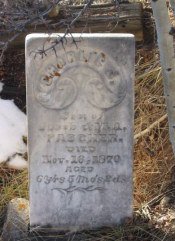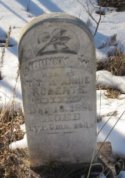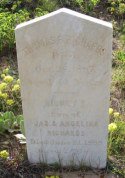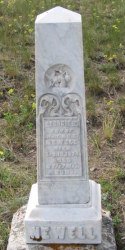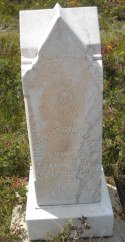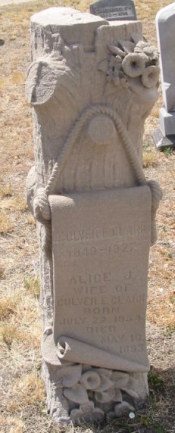|
The Anatomy of TombstonesTombstones are the key feature of any cemetery. While many cemeteries may also have monuments, Mausoleums and Columbariums, the most common feature is rows of headstones. Originally, a tombstone was the stone placed on top of a stone coffin. A gravestone was a stone slab covering a grave. Headstones were generally markers denoting a grave. Today, all of these terms indicate a marker placed at the head of a grave. The primary inscription on headstones is the person's name birth date and the death date. Other elements might include artwork, which might be symbolic, or text containing a quotation or other epitaph. Often, these inscriptions are religious in nature, and families seek comfort in Inspirational Bible Passages. Due to their expense, some stones have the names and details of more than one person, usually members of the same family. The cost of such items means that gravestones often are a reflection or indication of a person's wealth and status. Headstones are commonly made of common field stones, slate, limestone, slate, granite, marble, bronze and sandstone. Wood is used, but is unlikely to last more than 100 years. The softer the material, the easier it is to carve, however, they tend to decay more quickly than materials such as marble or granite. In Colorado, all of these materials are used, though slate is not very common. If you want to see some samples of these materials, visit Tombstone Materials. In most U.S. cemeteries, the graves are laid with the headstones facing east, in accordance with Judeo-Christian tradition. This is often true in Colorado, though, cemetery sites were often chosen because the land was hilly or otherwise difficult to farm. A headstone's material can help to pinpoint the date of the stone or cemetery if the dates are missing or have become unreadable over time. Most graves simply have a headstone. Some are also marked with a footstone, a small stone, sometimes with the initials of the deceased inscribed on it. Headstones can be placed directly in the ground. In some areas, these stones are called "tablet" stones. Headstones can also be set on top of or into a base. Grave sites can be marked with many types of monuments. Flat markers are common, especially in more contemporary cemeteries, as these are easier to maintain with modern landscaping techniques. Samples of the types of basic markers are below:
Find out about other Cemetery Monuments Learn about Cemetery Symbols Explore Unusual Tombstones and Monuments Return to Colorado Cemeteries home |
||||||||||||||||||||||||




